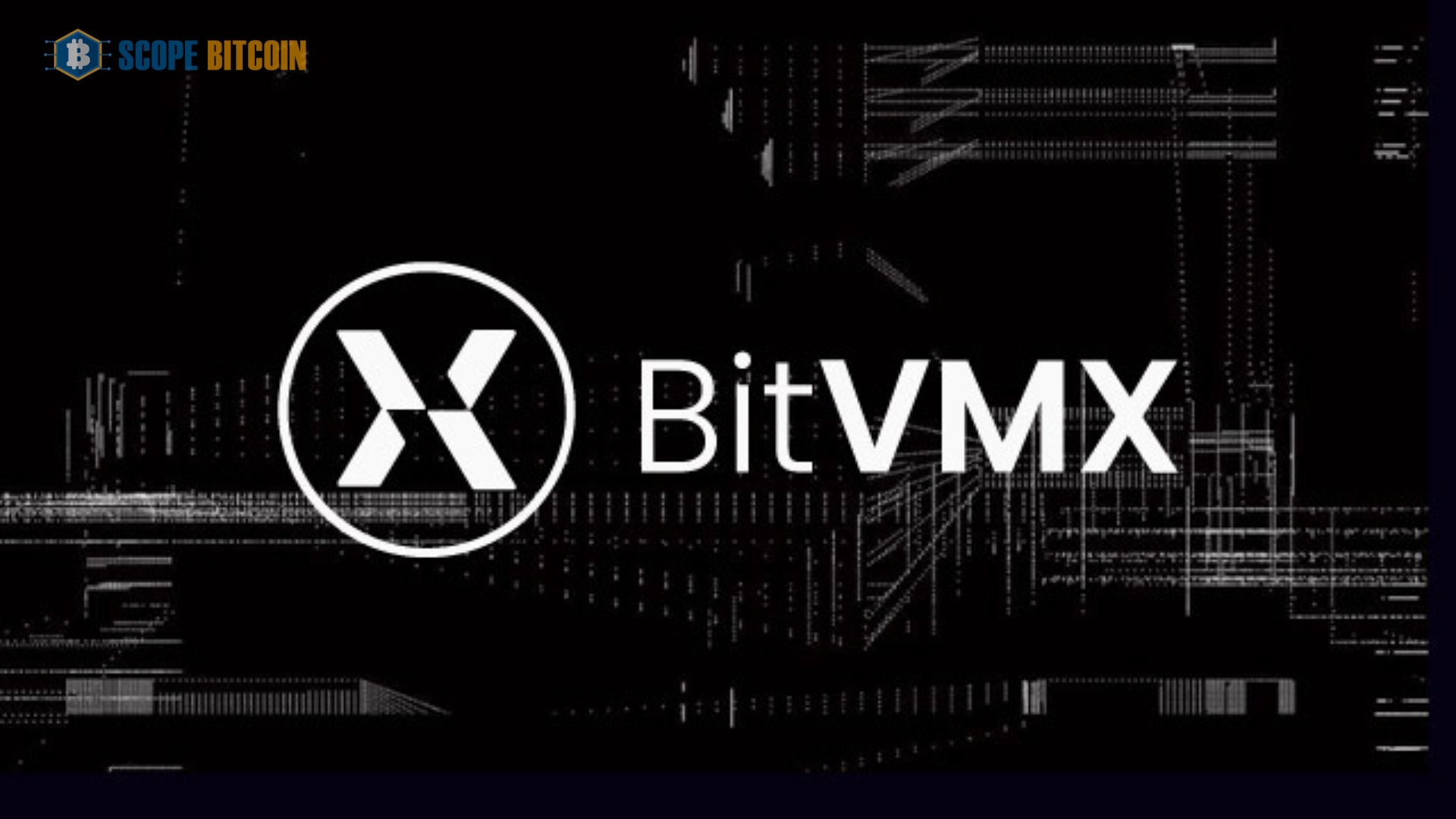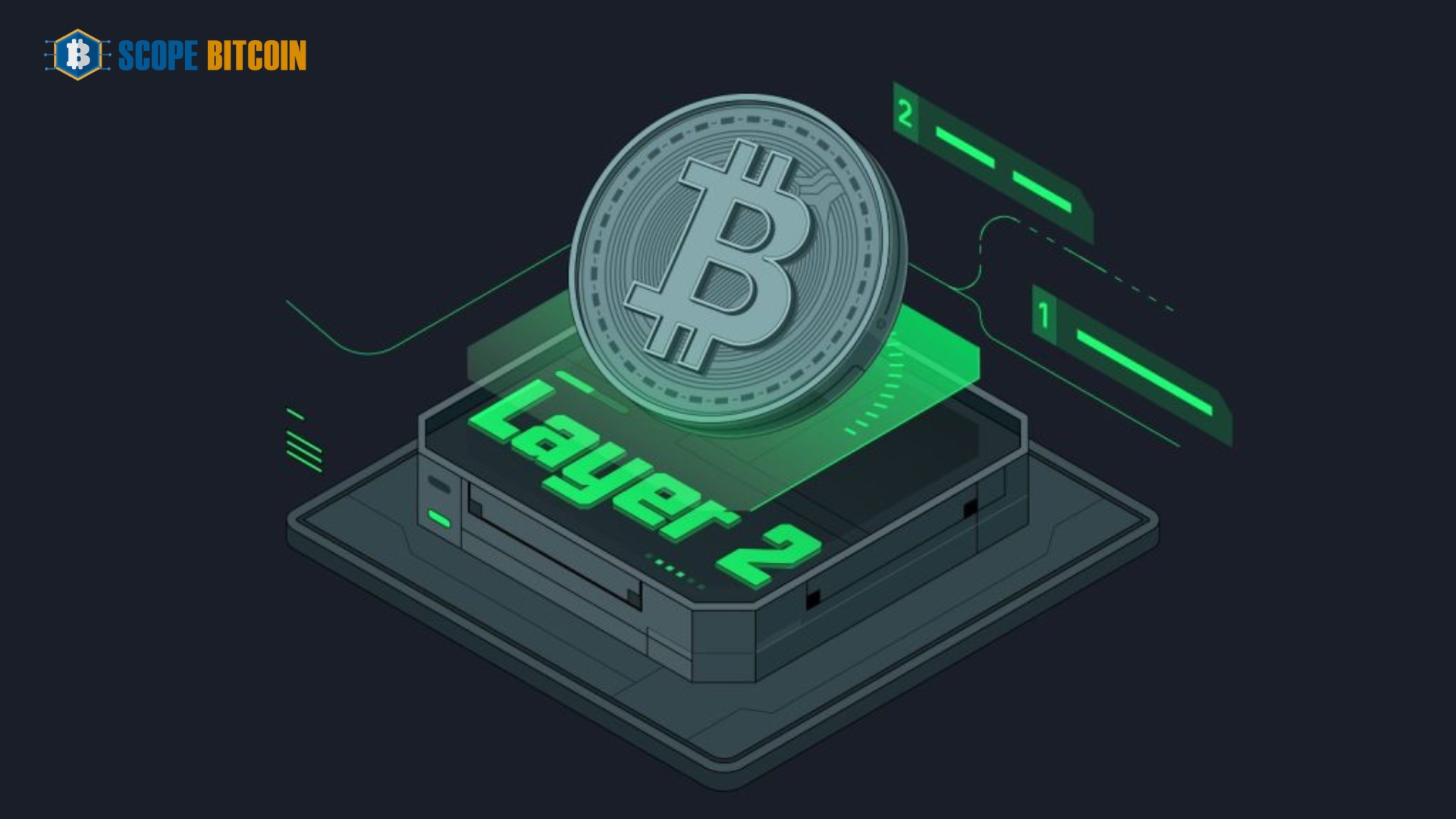
Bitcoin Linux? Free Framework BitVMX Seeks BTC-powered Apps
BTC-powered Apps. Experts in Bitcoin are now refining BitVMX, an open-source framework that will enable the secure development and execution of complicated applications and functions on Bitcoin’s foundational layer. Inspired by Robin Linus’s BitVM project, RootstockLabs supports BitVMX. Rootstock is the development firm responsible for Bitcoin’s layer-2 technology. This project aims to create an open-source, sidechain-agnostic framework for developing Bitcoin-based programs. It will be peer-reviewed and released to the public.
In an exclusive interview, Sergio Demian Lerner, head scientist of RootstockLabs, discussed the BitVMX project and its possible effects on the Bitcoin network. The project’s white paper and official unveiling are scheduled for the Bitcoin++ Austin conference.
BitVMX Wants to Power Programs on Bitcoin
To be technical, BitVMX lets you lock funds in an unspent transaction output (UTXO) whose spend condition is determined by a program’s execution. It is unnecessary to define the program input while creating the UTXO.
“The incredible thing about BitVMX is that it essentially allows developers to run anything on Bitcoin, even Linux,” the scientist stated, describing the framework’s vast potential and ability to power various BTC-powered Apps and services.
Lerner stated that BitVMX has the potential to be a Bitcoin bridge, enabling the unidirectional transfer of BTC between the main chain and sidechains such as Rootstock. This BTC might be utilized to engage with DApps and other smart contracts afterward. An additional application may be the creation of aggregator oracles, which would decentralize and automatically gather data from multiple sources before storing it on the Bitcoin network.
BitVMX will also be able to verify Zero-Knowledge Scalable Transparent Argument of Knowledge (zk-STARK) and Zero-Knowledge Succinct Non-Interactive Argument of Knowledge (zk-SNARK) on top of Bitcoin. This can usher in novel uses, like autonomous bug bounty programs and zero-knowledge contingent payments.
Bitcoin L2 Criticisms
Startups have ramped up their affinity marketing campaigns touting Bitcoin L2s that say they run natively on-chain, and the Bitcoin community has spoken out against this. Lerner clarified that BitVMX is not involved in any token sale and that the platform enables the development of safer, decentralized bridges that aren’t dependent on collateralized foreign tokens.
According to the computer scientist Rootstock Labs uses straightforward criteria to determine what makes a Bitcoin L2. However, To show that it depends on Bitcoin and can enforce transactions, it must employ Bitcoin (BTC) as its native asset and as a settlement mechanism. Affinity marketing is all that’s left.
Lerner continued that fraudulent projects purporting to be based on Bitcoin have tarnished every bull market. Instead of “risking their sats on untested or unknown solutions with deep pockets and shiny marketing campaigns,” he says, consumers should put their faith in tried-and-true platforms like Rootstock, Liquid, and the Lightning Network.
Shifting the Narrative for Bitcoin’s Functionality
Robin Linus’s BitVM framework is officially acknowledged as a basic effort in the BitVMX project. It intends to expand upon BitVM’s theoretical work, which employs a complicated method for verifying gates at the level of combinatorial logic circuits using enormous Merkle trees.
Rather, BitVMX promotes a simplified method by executing CPU instructions using Bitcoin script opcodes. BTC-powered Apps: According to Lerner, this makes it more practical and opens up new use cases like zk-SNARK verification and running sidechain light clients. According to the principal scientist, the framework adds disputable computing to Bitcoin in an “efficient and secure way,” opening the door to many new applications.
In a nutshell, Lerner showed how disputable computation works. When everyone agrees about a computation’s outcome, a computation is carried out. But if someone isn’t on board, a formal and efficient resolution to the disagreement can start with an on-chain exchange. In the worst-case scenario, a single contested gate, wire, or computation step is checked on-chain.
Because it expands the network’s capabilities, Lerner thinks BitVMX will motivate a new generation of Bitcoin developers. He drew attention to the architecture that allows Bitcoin’s base layer to have more complicated spending limits. However, The computer scientist said that BitVMX could be cheaper and more efficient if Bitcoin’s scripting language had key opcodes.
“The question will shift from whether Bitcoin should be able to do X to how efficiently it can do X,” Lerner stated. A changing narrative could accelerate alterations to Bitcoin and the possibility of reintroducing opcodes like OP_MUL and OP_CAT.







